The Pallet Sofa by Piero Lissoni for Matteograssi
I know you’ve seen them and not given them a second thought, though countless numbers of the peaches, oranges, and tomatoes you consume depend upon them to make the journey from Florida, or California, or even Mexico to your local market or street-side vendor. Perhaps you have a “retired” pile of them in your yard or garage or workshop. Maybe you’ve thought about ways in which you might resurrect them, or use them to stoke your bon fire, or put them to some other good use. But however inspired said idea might be, it will pale in comparison to designer Piero Lissoni’s use of the concept of the humble pallet.
The Pallet Sofa. Designed by Piero Lissoni. Manufactured by Matteograssi.
The Pallet Sofa Toes the Line between Retro and Contemporary
The Pallet Sofa for Matteograssi doesn’t so much resemble the rough surface and fractured pine of your average construction or forklift pallet, but it does recall the basic shape and orientation of same. The sofa is constructed from long lengths of raw larch and extra thick cushions filled with two layers of padding, then outfitted with cotton coating and topped of with a “feather mix” for back cushion padding.
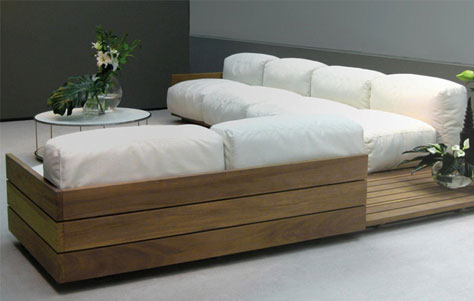
This makes for a comfy ride to be sure, but the true innovation of pallet rests in its “languid L-Shape,” as the piece situates a pair of two seaters at right angles to one another, effectively creating a flat and low island of bare wood at the junction, thus giving the piece its name.
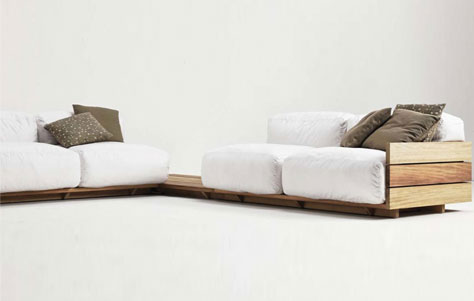
Beyond creating its intriguing aesthetic, this configuration makes Pallet a scene-staling showpiece, as the piece’s relatively large floor footprint demands a certain amount of attention. Very like the infamous Party Lounge, then, Pallet is accordingly a big hit at soirees large and small, as the sofa creates natural niches into which the inevitable and various splinter groups may congregate.
Via Wallpaper.
About the Manufacturer: To trace the origins of manufacturer Matteograssi one would have to step back to the Italian town of Comense, “situated in a small area in a region of Northern Italy where the head of what was to become a dynasty of leather craftsmen opened a workshop in 1880.” This unlikely origin of expertise in coach hide evolved—circa 1950—into detail work for furniture manufacturers and eventually developed into a full-fledged devotion to design—“along with a special talent and style, which ultimately led to the decision to found the Matteograssi company in 1978.” Matteograssi routinely partners with many of the luminaries in contemporary design, including Jean Nouvel, Franco Poli, and Rodolfo Dordoni.
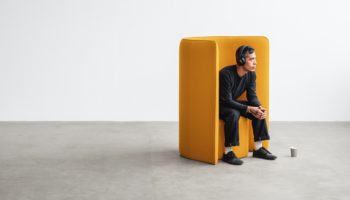
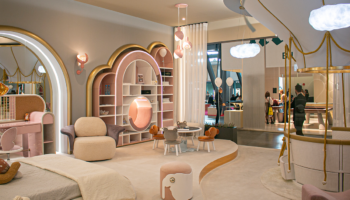
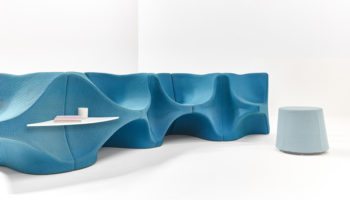

Leave a Reply